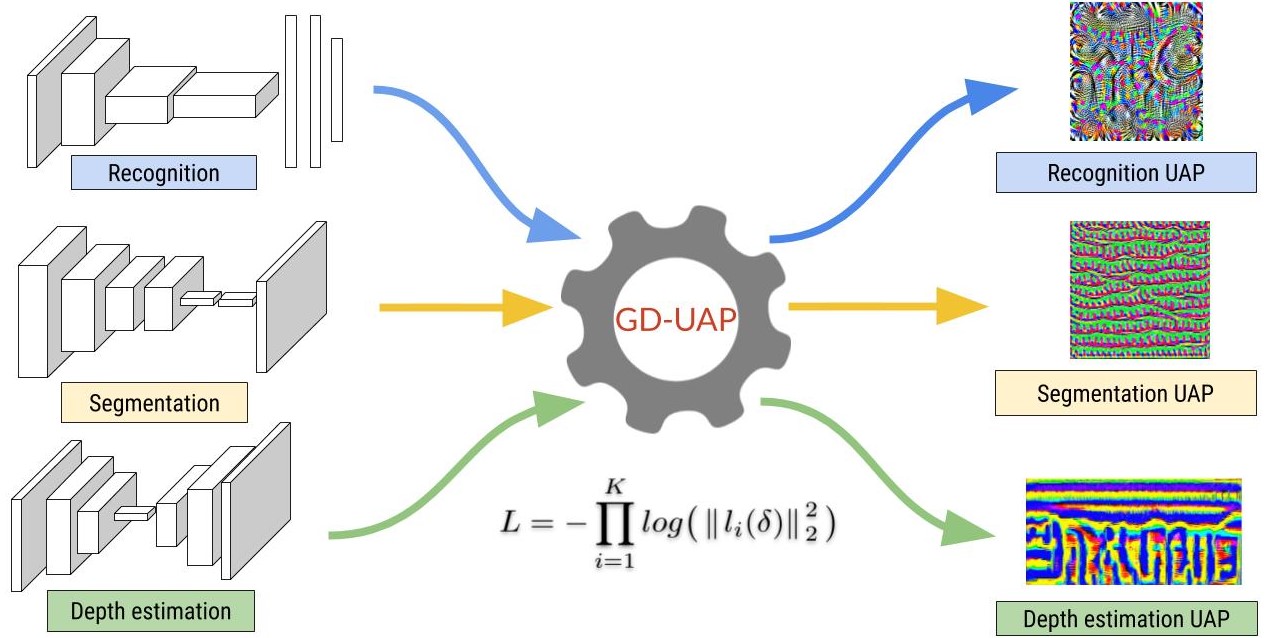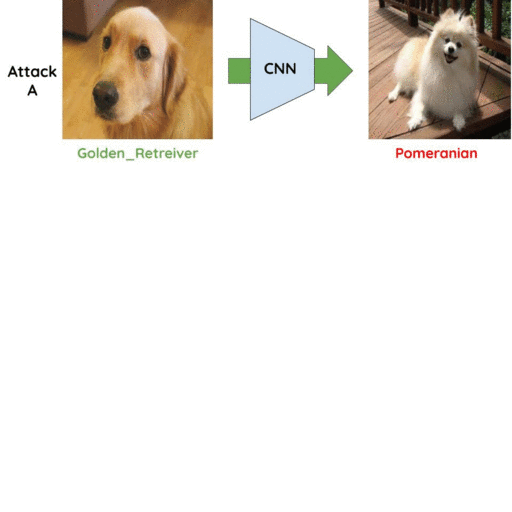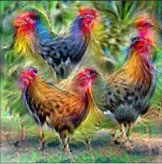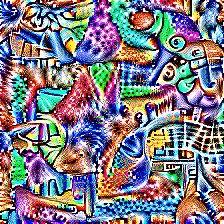
|
GD-UAP : Generalizable and data-free objective across vision tasks to craft UAPs
Konda Reddy Mopuri*,
Aditya Ganeshan*,
R. Venkatesh Babu
Trans. on PAMI, 2018
arXiv / Codes
Generalized Data-Free objective for crafting image agnostic adversarial perturbations. Independent of the underlying task, our objective achieves fooling via
corrupting the extracted features at multiple layers. Therefore, our objective is generalizable to craft image-agnostic perturbations across vision tasks such
as object recognition, semantic segmentation and depth estimation. In black-box attacking scenario our objective outperforms the data dependent objectives.
Further, via exploiting simple priors related to the data distribution, our objective remarkably boosts the fooling ability of the crafted perturbations.
|




